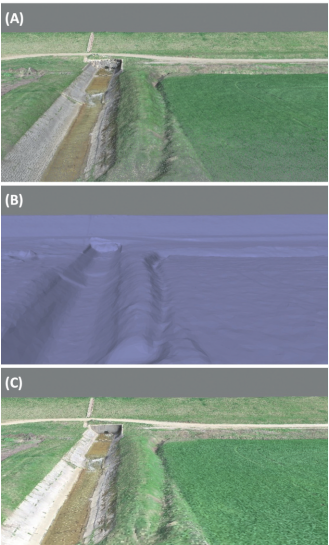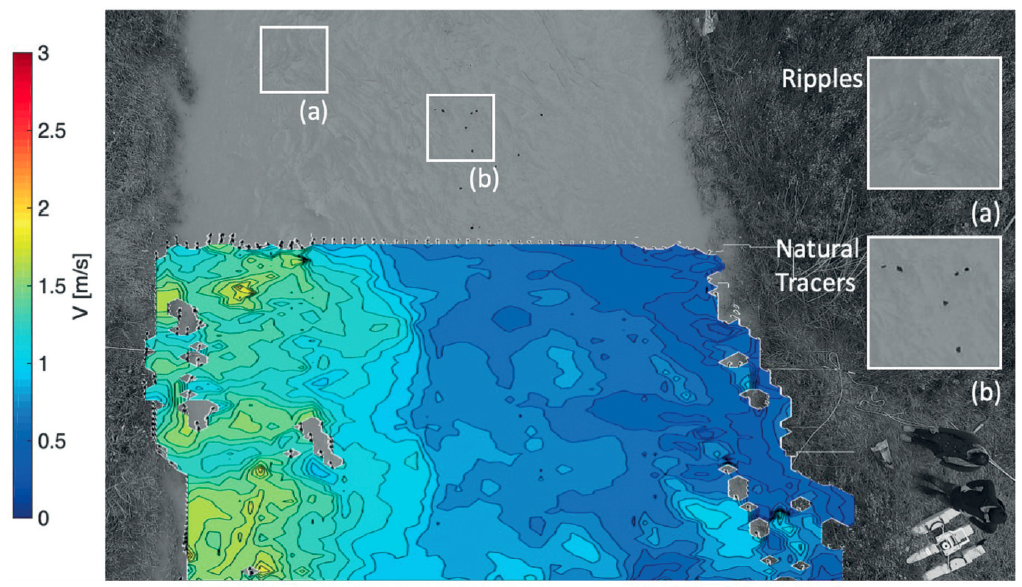Data, and its timely delivery, presents one of the major constraints in advancing the hydrological sciences. Traditional monitoring techniques are time consuming, expensive, and discontinuous in space and time. Moreover, field observations are influenced by instrumental degradation and human errors. While providing the foundation upon which much of our hydrological knowledge is based, new observational strategies are required to drive further understanding and insights. Recent advances in earth observation (EO) technologies present a new frontier for hydrologic monitoring and process description.

How to cite: Manfreda, S., M.F. McCabe. Emerging earth observing platforms offer new insights into hydrological processes, Hydrolink, 1, 8-9, 2019. [pdf]
